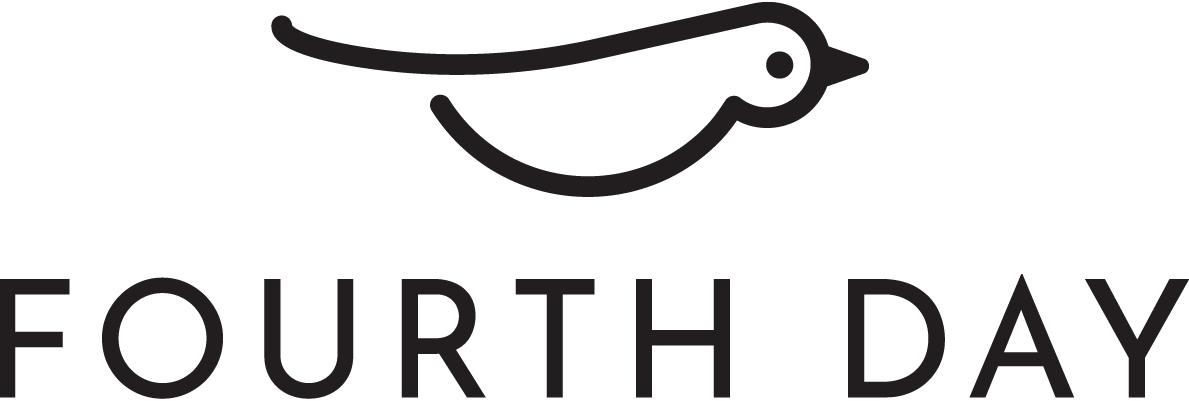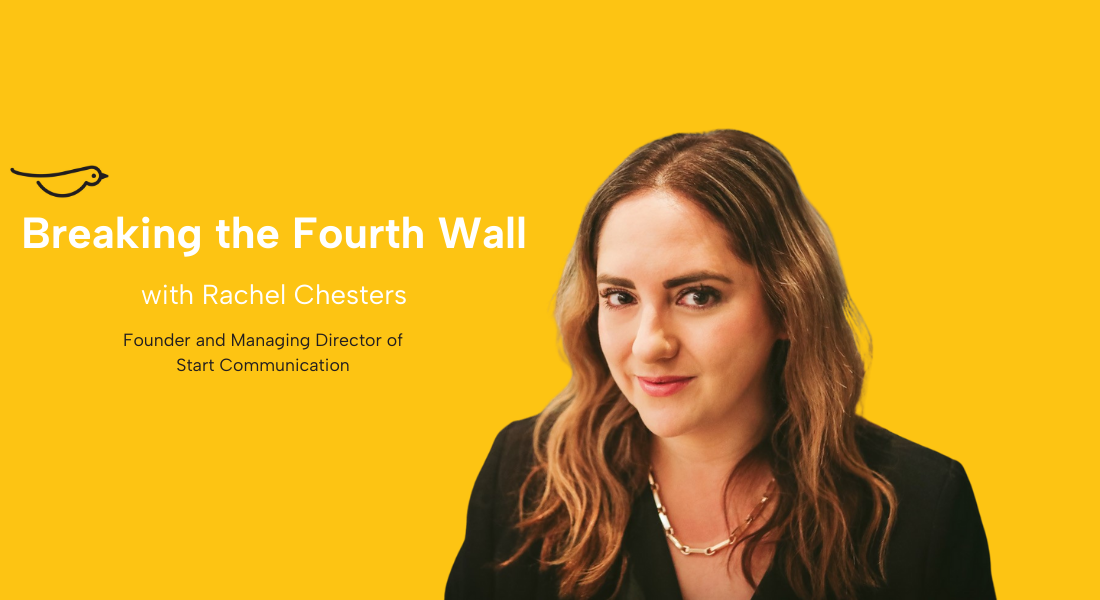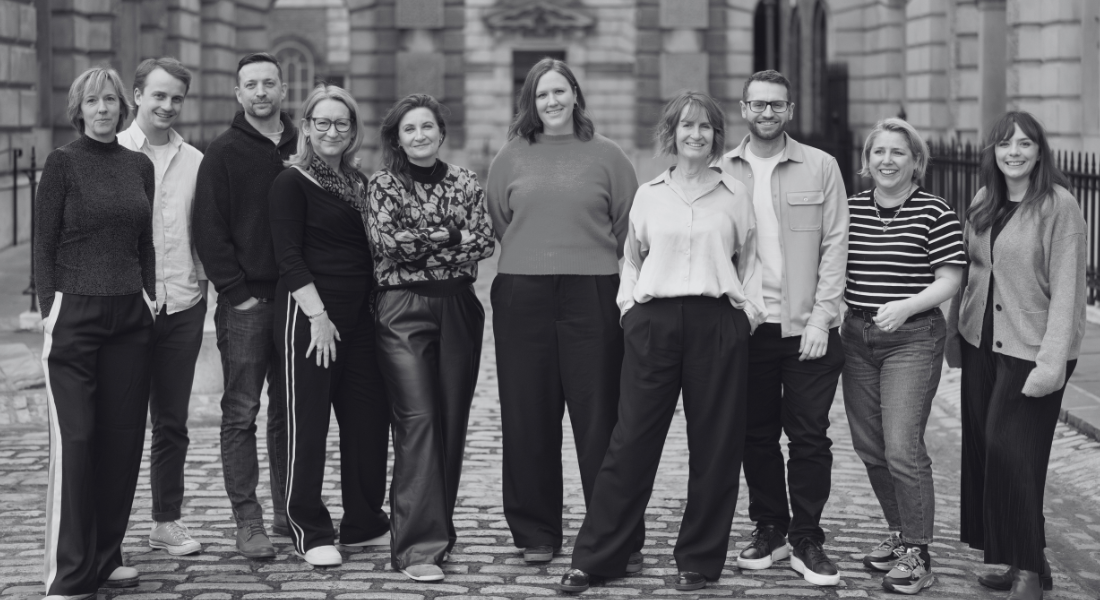“Next slide please.” How data will shape the post-pandemic news agenda
By Danny Ward
B oris Johnson, front and centre before a lectern. His set that high-ceilinged, panelled room in Downing Street. Flanked by a rotating selection of cabinet ministers and medical advisors. A large screen to the left, displaying the latest data. This was a familiar sight to anyone in Britain who tuned into the daily Covid-19 briefings from March to June last year.
From early on, every briefing began the same way – with a review of the latest figures, graphs, tables and maps that indicated the current state of our fight against the virus. The government told us repeatedly that we were “following the science”, and decisions would be made only when the data indicated. And now, as we emerge from lockdown three, Boris has vowed we will be led by “data not dates”.
Statistics have always been valued by the media, with the latest study findings often providing the headline to the morning’s lead stories.
Looking back to the pre-Covid times of December 2019, for example, news outlets reported:
“Over half of English people gambled last year” – The Guardian
“Nearly 300,000 high street jobs lost over past decade” – Independent
“UK dementia diagnoses rise 40% in five years” – BBC
“75% of UK pets will be getting a present this Christmas” – Retail Gazette
How can brands leverage data?
Studies and statistics have also always been a great way for brands to get into the media. Research from YouGov found that almost three quarters of journalists and media professionals believe research findings add power to a PR story. By commissioning compelling, representative, accurate research on a relevant or newsworthy topic, brands can draw attention to an issue in society, highlight a gap in the market for their product, or shine a light on a trend.
Glassdoor is a fantastic example of a brand using data to their advantage. Every year, Glassdoor takes feedback posted by employees on their site to create their ‘Best Places to Work’ list. The rankings generate swathes of articles across major media outlets, as well as industry-specific pieces in the trade press. Companies awarded the accolade promote it on their website, as well as in the media, driving traffic to Glassdoor’s website and raising awareness of current workplace issues.
And our growing obsession with data as a result of Covid-19 is certain to make research an even more valuable tool for brands post-pandemic. In Cision’s 2020 State of the Media report, journalists highlighted the importance of including data that reporters can really dig into for a unique angle, now more than ever.
Data can help B2B brands gain coverage in the titles that are read by key influencers and decision makers, such as a workplace tech company using research into employees’ views on the future of work to secure an article in key recruitment and HR publications. Data can also be sliced and diced to make it relevant to specific audiences – such as data on the views of people working in the manufacturing industry, for example – to secure coverage in trade titles that they might otherwise have been unable to.
Lies, damned lies, and statistics
However, in a world of fake news and disinformation, incorrect or misrepresented data has the potential to do serious harm, and for brands using or producing data, there’s a responsibility to ensure its accuracy.
A classic example is that of Colgate, which advertised that 80% of dentists recommended their brand over a competitor’s. However, the dentists surveyed could recommend more than one brand, and some brands were recommended just as much or more than Colgate. This is a perfect example of cherry-picking statistics to support a certain perspective.
Sample size is important too. A study published by HP claimed that multitasking, such as checking your phone or email, can lower IQ by ten points. But upon digging into the research methodology, people discovered that the sample size was just eight people – not nearly a large enough sample to make assumptions about whole populations. These misuses or misrepresentations of statistics can seriously harm a brand’s credibility.
The press plays an important role in tackling disinformation. Larger publications usually require a sample size of at least 1,000 to publish a brand’s research findings, while the BBC won’t use any data unless the sample is greater than 2,000. Several media organisations have also launched their own fact checking services, such as BBC’s Reality Check and Reuters Fact Check, which use evidence to examine claims and provide a verdict.
The power of data post-pandemic
The pandemic has truly opened people’s eyes to the power of data, and we have come to rely on it more heavily than ever before. The government’s continued focus on following the figures, while also fighting data being used to perpetuate lies, has encouraged greater understanding and interest in stats and the meaning behind them.
Data offers a huge opportunity for brands post-pandemic, to help shape the news agenda and bring attention to issues. Data can help brands to tell a compelling story and get their voices heard.
But it’s essential we’re using it in the right way. Brands, just like social media platforms and the press, have a responsibility to ensure that the data they are putting out is accurate and representative. They must ensure that they’re not manipulating the information they provide to the press, or perpetuating potentially harmful falsehoods on social media.
Share this:





